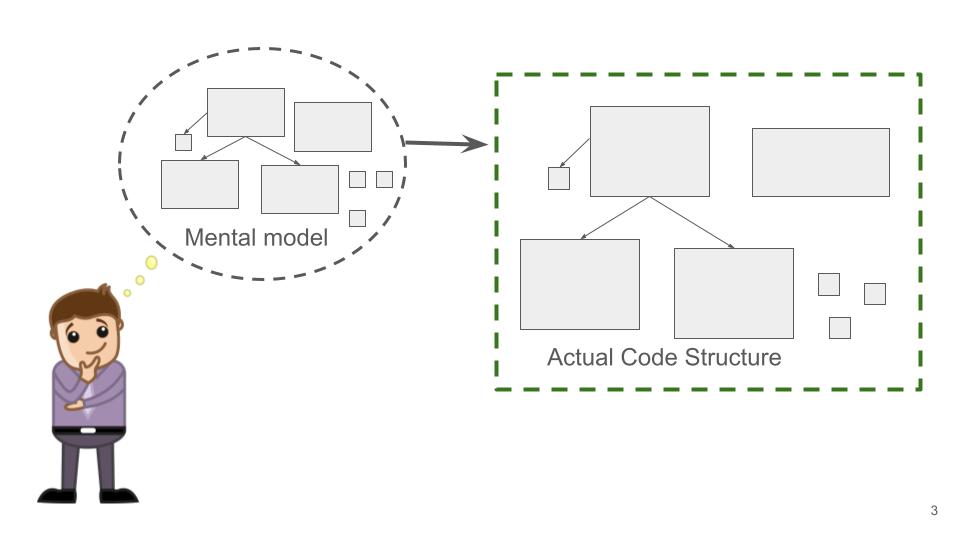Kent Beck is one of the original authors of JUnit, an open source tool that kick-started a huge shift in programmer behaviour that I and others have found immensely valuable. In 2019 he published his "Test Desiderata" with advice about the properties he values in...
Team learning – beyond the blog
If you’re enjoying the insights shared here on the blog, you might enjoy my training too.
“Foundations of Software Craft” uses an innovative format, enabled by the modern internet and online collaboration tools. It works well for teams and individuals learning core coding skills for good design.
To learn more about this training, just click the link below.
Latest blogposts

What is more important to learn – Design or Coding?
(this post is designed to accompany my video "The Skill That Separates Good Developers from GREAT ONES") AI coding agents are rather good at coming up with syntactically valid, working code these days. It also does design, reasoning about how to arrange that code. So...
The Microskills Theory of Programming
How to Succeed with Technical Coaching Software Developers are constantly shifting between activities. It might all be 'coding' but when you look more closely there are hundreds of distinct activities and decisions being taken about what to do next. The picture above...
Turn off your AI Assistant for Code Katas
Code Katas are small exercises which can help you to practice coding skills in a safe environment. They are fun little problems with quirky themes that should hold your attention and be enjoyable to work on. I've personally been doing code katas for more than 20 years...
Smooth Ensemble with AWS AppStream – How To Guide
Collaborative coding can be a fantastic forum for getting stuff done at the same time as learning programming techniques and getting to know other developers. I've been enjoying the recent Samman Society Ensemble sessions where we work on our website...
Barbie
I very rarely go to the cinema, but this weekend I took my two teenage daughters to see Barbie. Mostly it was fun and silly but several scenes had me in tears. Now I want to go see it with my mother, actually. What really got me was the depictions of the different...
I’ve Gone Independent
After three years of close collaboration with ProAgile I felt it was time to strike out alone as an independent Technical Coach. I continue to recommend my former colleagues at ProAgile - if you're looking for an agile coach or some training in agile methods...
Hold an Open Space Event in just One Hour
This article was first published on ProAgile's blog With good facilitation, one hour is just long enough for a group to both create an agenda and have some interesting conversations on topics they’re concerned about. We at ProAgile have been holding these kinds of...
Samman Coaching in 2021
Photo by Designecologist from Pexels I am convinced that the world needs more technical coaches. Practices like Refactoring and Test-Driven Development don’t just happen by themselves. It takes quite an investment in time and effort for most developers...
Book Review: Practical Remote Pair Programming by Adrian Bolboaca
I’ve known the author for many years and actually did some remote pair programming with him in early 2020 which we published as a video. I’m confident Adrian is very skilled at both pair programming and working with distributed development teams. I was pleased...

Hi – I´m Emily!
I am a consultant with Bache Consulting and chair of the Samman Technical Coaching Society. As a technical coach I work with software development organizations who want to get better at technical practices like Test-Driven Development, Refactoring and Incremental Design. I also write books and publish videos. I live in Gothenburg, Sweden, although I am originally from the UK.

Practical Coaching –
Beyond the Blog
If you’re enjoying the insights shared here on the blog, you might enjoy my book too.
“Technical Agile Coaching with the Samman Method” offers a practical guide to improving how developers collaborate and write code. You’ll learn hands-on techniques for Test-Driven Development, Refactoring, and effective team coaching.
To learn more about the book, just click the link below.
Blog categories





